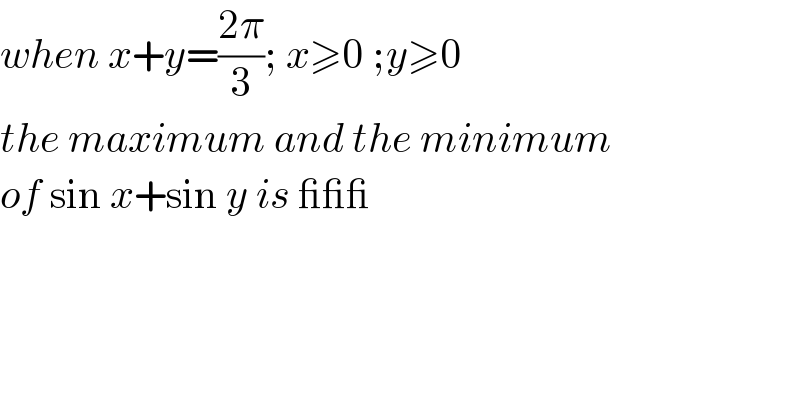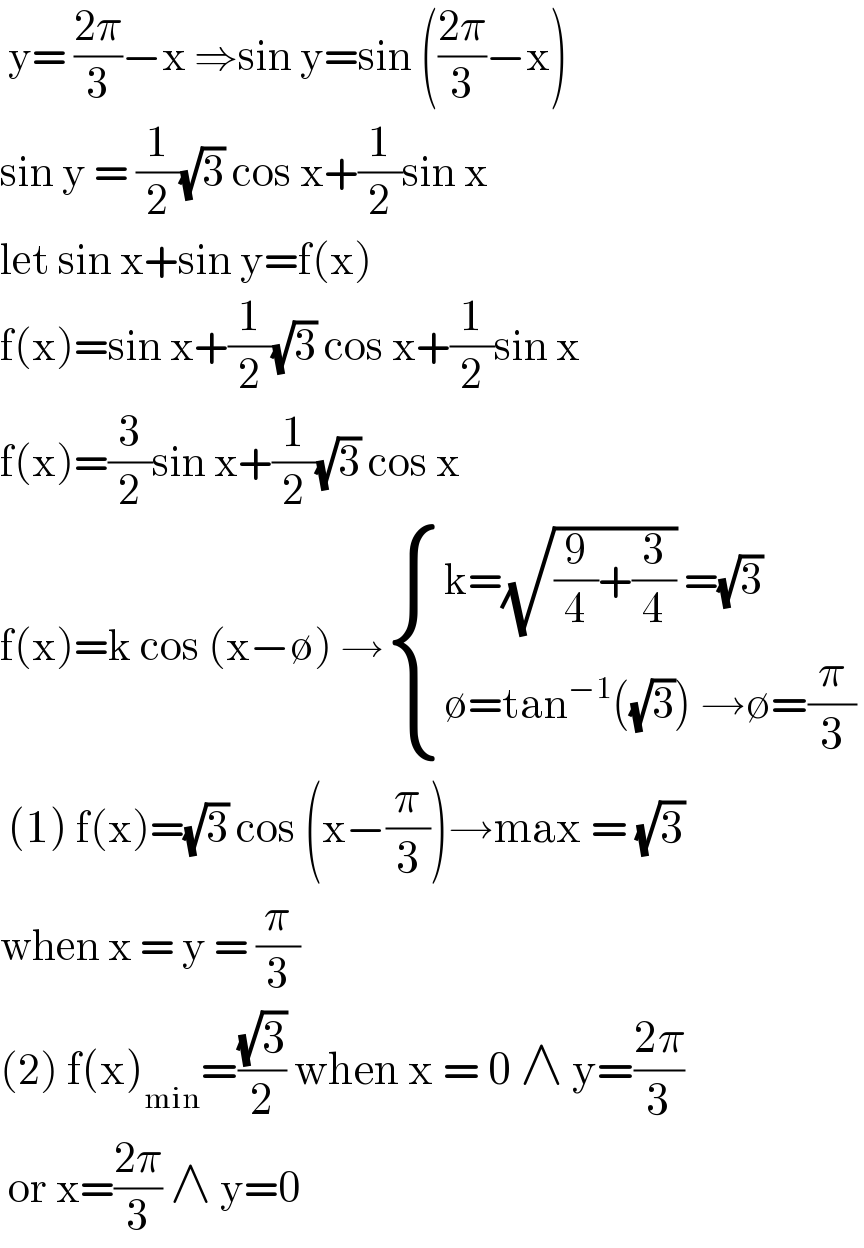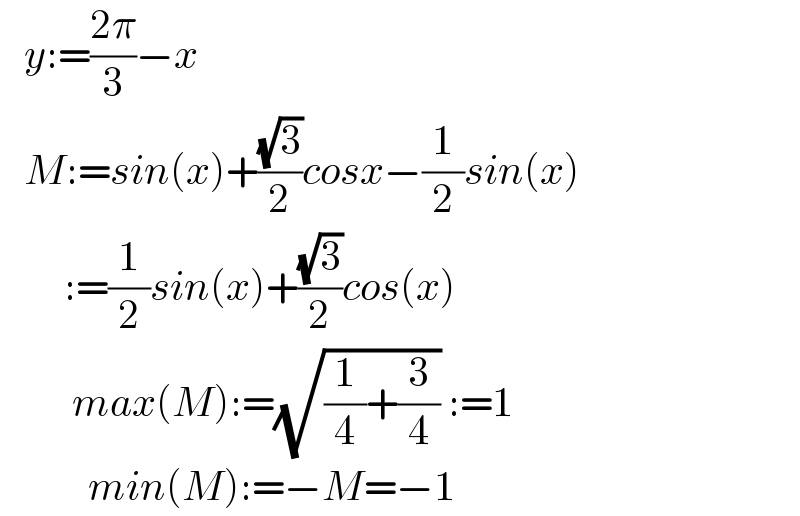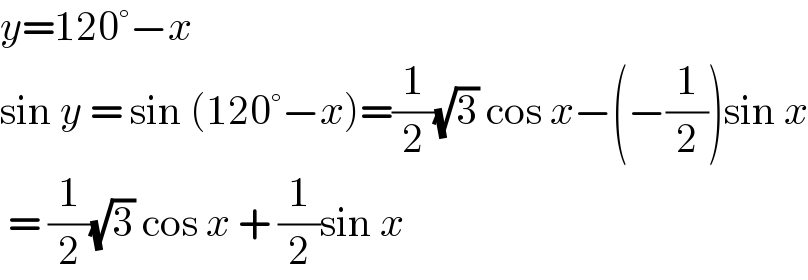
Question and Answers Forum
Question Number 143450 by bramlexs22 last updated on 14/Jun/21

Answered by EDWIN88 last updated on 16/Jun/21

Answered by mnjuly1970 last updated on 14/Jun/21

Commented by bramlexs22 last updated on 15/Jun/21

| ||
Question and Answers Forum | ||
Question Number 143450 by bramlexs22 last updated on 14/Jun/21 | ||
 | ||
Answered by EDWIN88 last updated on 16/Jun/21 | ||
 | ||
| ||
Answered by mnjuly1970 last updated on 14/Jun/21 | ||
 | ||
| ||
Commented by bramlexs22 last updated on 15/Jun/21 | ||
 | ||